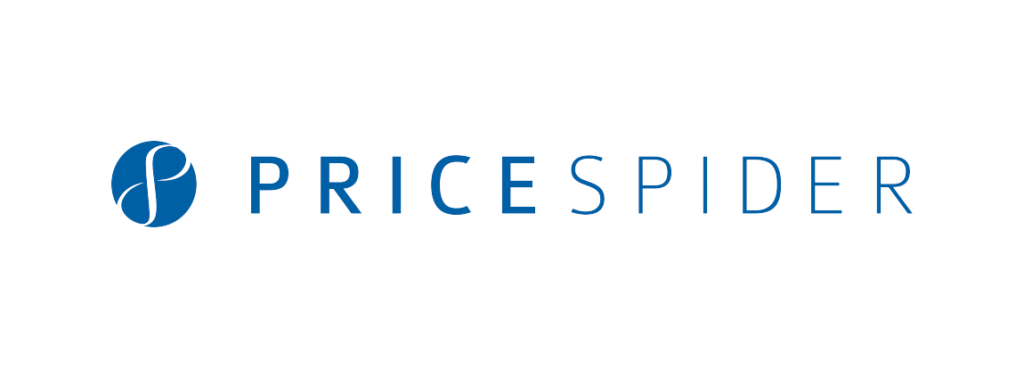If the current e-commerce environment has taught us anything, it’s that customers seek out the most top-notch merchandise possible at the lowest price. While this spirit has kept competition alive in the marketplace, it’s also bred an underworld of imposter brands and fake inventory that leverages the appeal of authentic companies and items to boost their own sales and customer base.
Thankfully, there are a few things that the digital marketing and channel management teams at your company can do to help protect your brand from illegitimate merchandise that could be cutting into your business.
The problem: Counterfeit companies and copycat merchandise
The issue of brand protection has become more prominent than ever as fake merchandise designed to look like authentic items begins to flood the marketplace. These imposters can considerably impact the brands they are attempting to impersonate, particularly when it comes to brand confusion and online traffic. As opposed to discovering the legitimate company, customers could stumble upon a counterfeit.
According to Drapers, imposters use a number of different strategies to undermine their competition, including:
- Intentionally similar websites: Online platforms are specifically created to mimic the look and feel of an authentic brand, making it harder for customers to discern the real brand from the fake.
- Illegitimate merchandise sold via auction: Some companies are also producing lower-quality, counterfeit versions of merchandise to sell on auction sites. While shoppers believe they’re getting a good deal on something authentic, they’re actually bidding on fake items.
- Misleading brand mentions: Upstanding companies also need to protect themselves from brand mentions that cast a negative light on their business. Drapers noted that some competitors will include derogatory references in misleading banner advertisements to up their own company standing. This approach is in violation of the rules set in place by the Advertising Standard Authority.
What’s more, copycat merchandise and brand confusion are spreading to social media, as well.
“There is an increased incidence of Twitter, Facebook and other social media users publishing misleading content that includes links to competitor or fraudulent sites, which appears to be from or authorized by the verified brand owner,” Drapers stated. “Each social media site will have its own trademark violation policy, which allows brand owners to register complaints to have infringing content removed and in some cases have accounts barred.”
The problem: Lowest advertised price
Counterfeit merchandise isn’t the only issue retailers run into, however. The brand can also be undercut when its merchandise is sold at a lower price that what the company has approved. While the items sold in these cases are completely authentic, retailers that sell this inventory at considerably cheap, unapproved prices could be driving business away from the original brand.
In order to combat this tactic, the company should have a minimum advertised price policy established, and ensure that all partners and distributors that the business works with are aware. A MAP policy is considerably beneficial, particularly when it comes to protecting the brand’s merchandise, image and overall reputation.
“These policies help manufacturers coordinate prices across online and brick-and-mortar retailers, and protect their brand from being perceived as too cheap,” Kellogg Insight contributors Eric T. Anderson and Anne T. Coughlan wrote. “They also grant manufacturers greater control of the margins available to their downstream retail channel partners, so that retailers do not have to skimp on providing service and training to customers.”
The solution: Marketplace monitoring
While competitors may attempt to use these types of approaches to undermine a brand, your company’s channel manager can work to ensure protection of your company. According to Internet Retailer, the key here is to be motivated and remain one step ahead.
“Be proactive and keep fraudsters from coming between you and your customers,” Internet Retailer advised. “By addressing their deceptive tactics, marketers can reclaim web traffic and revenues, and improve ROI on digital marketing initiatives.”
In order to do this, your channel manager and digital marketing team will need a robust monitoring tool that offers these critical capabilities:
- Complete visibility of the minimum advertised price of your firm’s merchandise across the marketplace.
- Monitoring of all platforms that include advertisements for your company’s products.
- The ability to contact sellers with proof of any violations via a screenshot of the counterfeit merchandise, brand mention or other issue.
- Detailed information about the first seller to violate our minimum advertised price, and which other companies might have followed in their footsteps.
With these features, your channel manager and digital marketing team will have everything at their fingertips to ensure that merchandise is sold at the correct price, and that the brand is protected.
To find out more about how a MAP monitoring solution like this can help protect your brand, contact PriceSpider about our industry-leading MAP Guard today.

